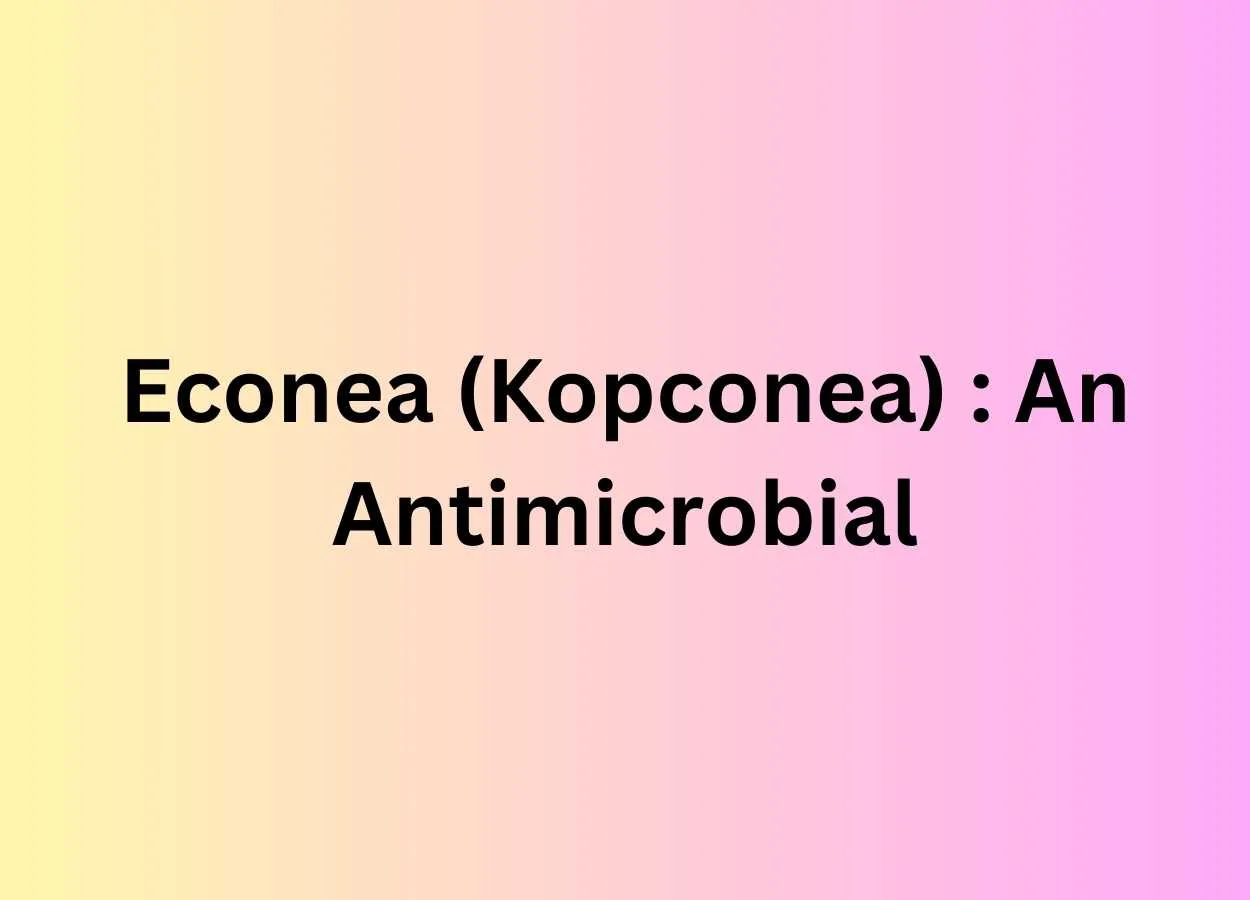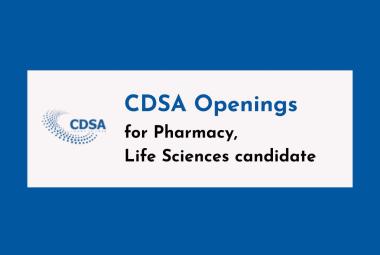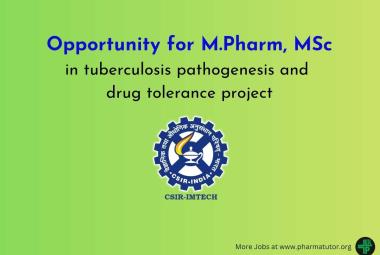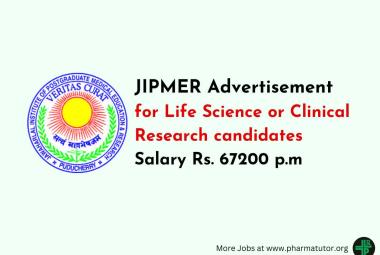 Vinay Kumar Singh.
Vinay Kumar Singh.
Head-Formulation
Kumar Organic Products Research Centre Pvt. Ltd.,
Bengaluru
Email : formulation_krc@kopresearchcentre.net
Econea is 2-(p-chlorophenyl)-3-cyano-4-bromo-5-trifluoromethyl pyrrole.
Econea is a metal-free antifouling agent for use in antifouling coatings to be applied on ship hulls or other marine structures. Econea has a broad spectrum of activity against hard-shelled and soft-bodied invertebrate animal fouling organisms including barnacles, hydroids, mussels, oysters, polychaete tube worms, ascidians, bryozoans and sponges. Its excellent stability, low water solubility and low leach rates ensure that antifouling paints based on Econea can be specified for multi-year dry-docking intervals comparable to those achieved with copper-based products.
This copper-free biocide offers unsurpassed protection at very low concentrations. In fact, tests show that antifoulants made with just 6% Econea are as effective as those made with 50% copper. This offers consistently superior antifouling protection, and isalso good for the environment. The Econea biocide breaks down quickly in the environment and its breakdown products are biodegradable. Econea is non-corrosive to metals and is safe for use on aluminum and all other underwater metals.
Itexhibits an excellent thermal stability, both as a dry powder and when dispersed or dissolved in an organic solvent. In light of its excellent thermal stability, it can be added during one of the early stages of the paint manufacturing process, together with the pigments and fillers.There are no known incompatibilities between Econea and binder resins, pigments, fillers, solvents or additives that are commonly used in antifouling paints.
Econea is prone to hydrolysis and photolysis in dilute aqueous solutions. However, it has been demonstrated that Econea can be used in water-borne antifouling paints without any stability issues. Photolysis of Econeawill normally not occur in pigmented coating systems. Thermal Stability Econeaexhibits excellent thermal stability. In dynamical Differential Scanning Calorimetry (DSC) in open atmosphere only melting (±249ºC) and endothermal decomposition was observed.Shelf Life If stored at ambient temperature, in the original sealed container, Econea Technical has an initial shelf life of five years. Antifouling Paint Formulation Econea is fit for use in different types of antifouling paint including traditional rosin-based Controlled Depletion Polymer (CDP) paint types, as well as Self-Polishing Copolymer (SPC) systems.
Microorganisms, mussels & barnacles cause corrosion or increase water resistance, with subsequent economic loss due to increased fuel consumption. Potential that these marine species may be transported to new locations, result in biological invasions.
Aquaculture Netting: Fish farming requires clean and oxygen-rich water for healthy-growing fish. Tralopyrilbased antifouling coatings preventblockages from forming on the nets for active water exchange. Also prevents fish parasites and pathogens.
Econea can be used in conjunction with a copper-based biocide, either to reduce the copper level without sacrificing performance or to increase the performance and/or service life of copperbased products.
It takes less Econea to prevent biofouling, compared to copper-based paints. Antifouling paints made with just 6% Econea are as effective as antifouling paints that contain 50% copper.
The global antifouling coatings market size is poised to grow by USD 3.61 billion during 2020-2024, progressing at a CAGR of almost 15% throughout the forecast period, according to the latest report by Technavio.









